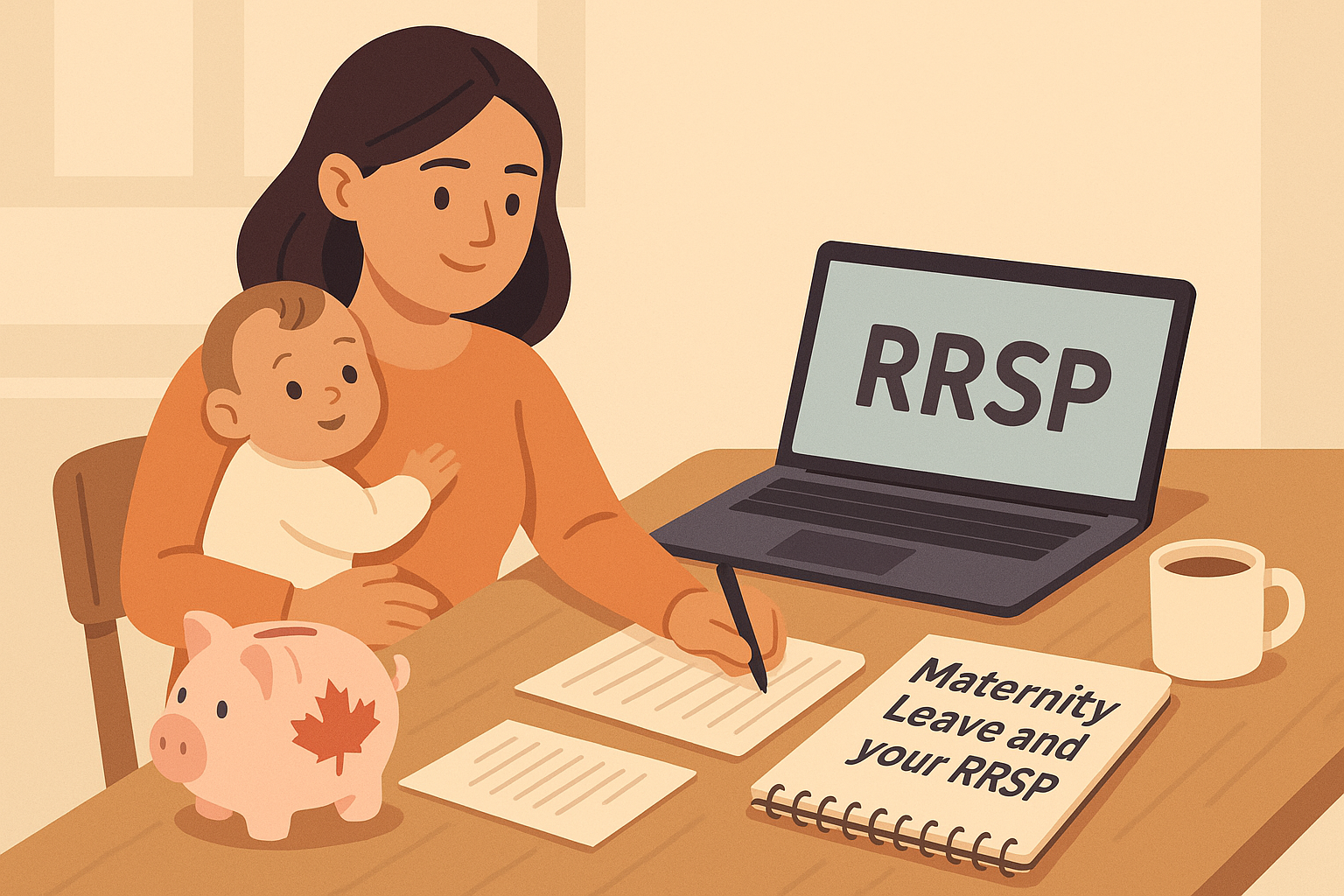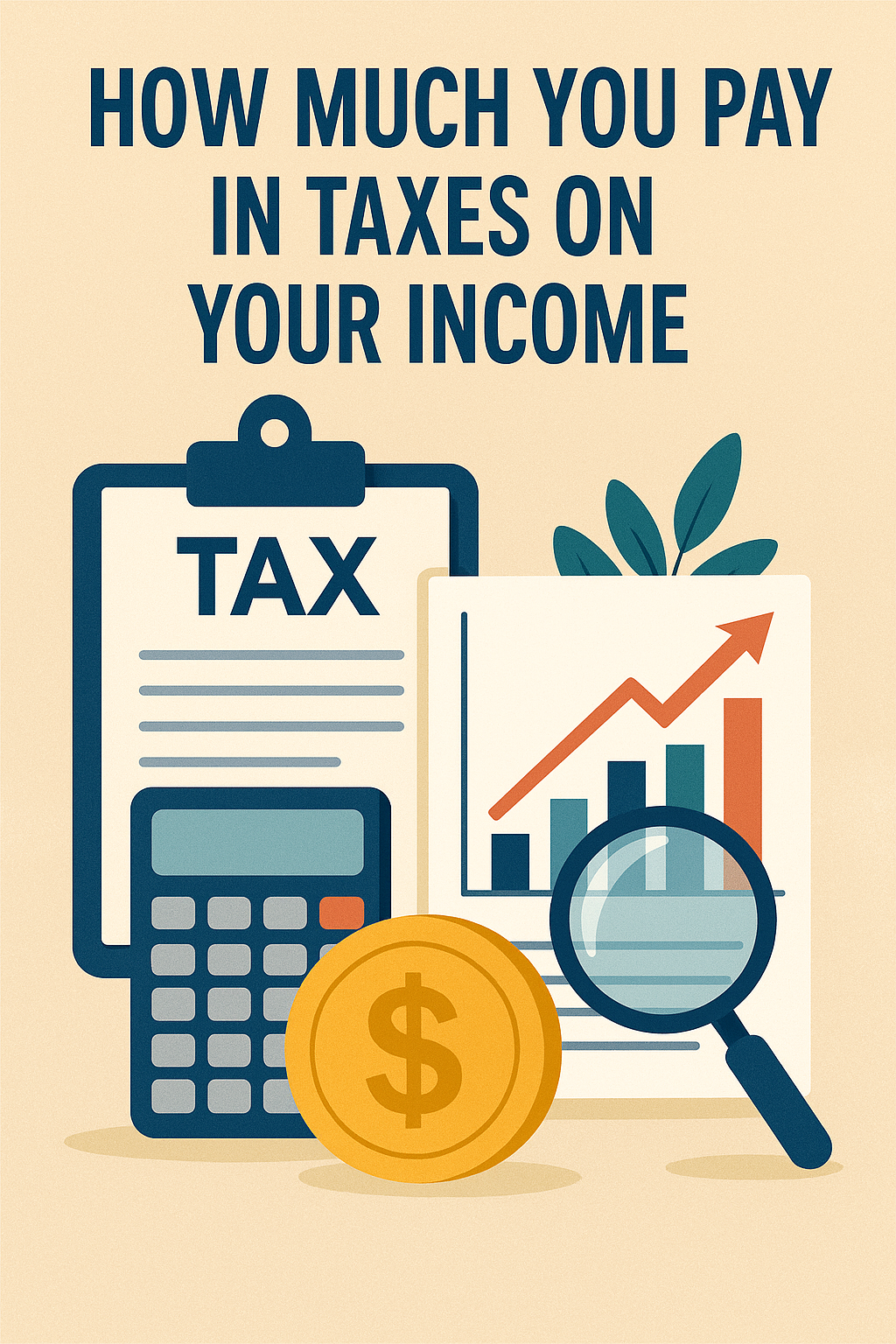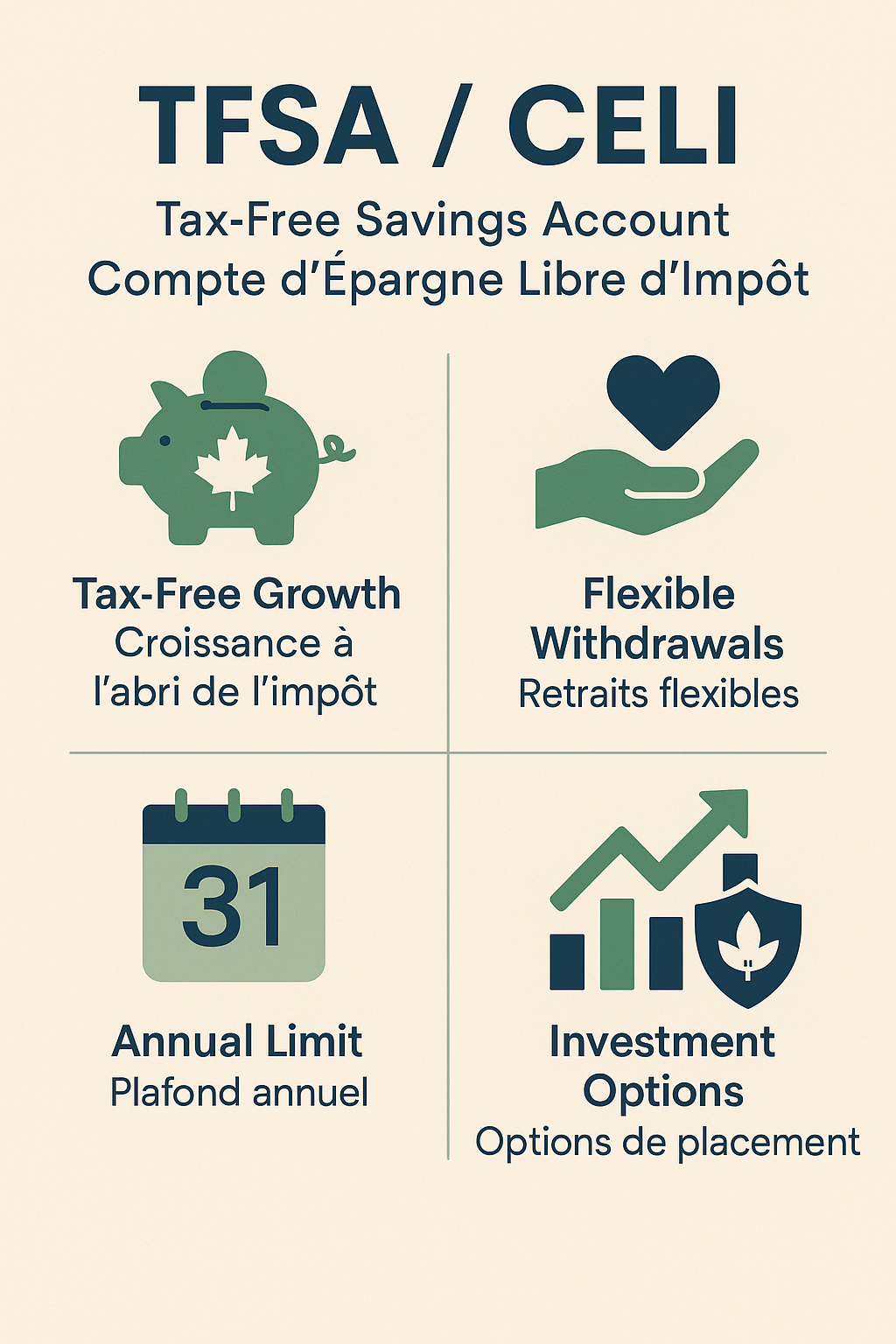Exchange Traded Funds (ETFs) are a powerful tool for anyone looking to take control of their financial future and plan for retirement. In this article, we’ll explore what ETFs are, how they work, and why they might be a smart choice for your investment portfolio.
What Are Exchange Traded Funds?
An Exchange Traded Fund (ETF) is a collection of stocks or bonds that can be traded on stock exchanges, just like individual stocks. Most ETFs are “index funds,” meaning they aim to replicate the performance of a specific stock market index, such as the S&P 500, the NASDAQ, or the S&P/TSX 60. However, there are also specialized ETFs that focus on particular industries, asset allocations, or even high-interest savings.How Do Exchange Traded Funds Work?
ETFs operate similarly to mutual funds but with key differences. Unlike mutual funds, ETFs are not managed by financial analysts who pick and choose stocks. Instead, ETFs automatically track the composition of their chosen index. This passive management results in significantly lower management fees compared to mutual funds, which often come with entry and exit fees, as well as annual management expenses.Advantages of ETFs
- Low Management Fees
- Simplicity and Ease of Purchase
- Guaranteed Index Performance
Disadvantages of ETFs
- Limited to Index Performance






